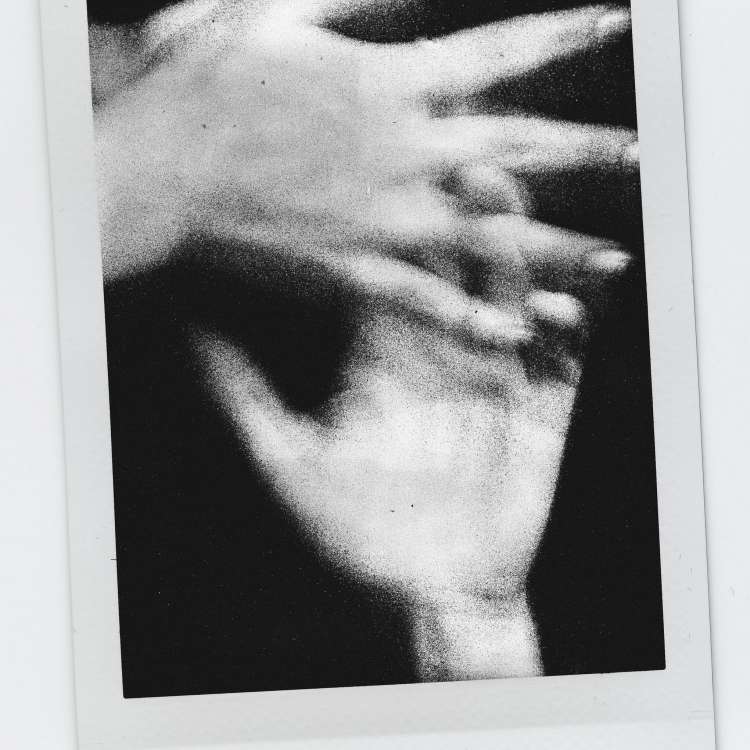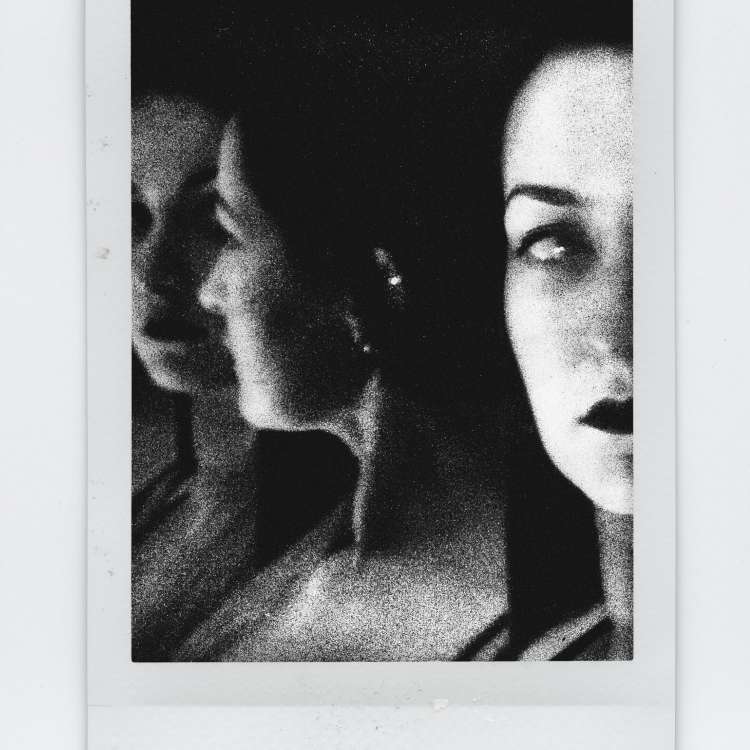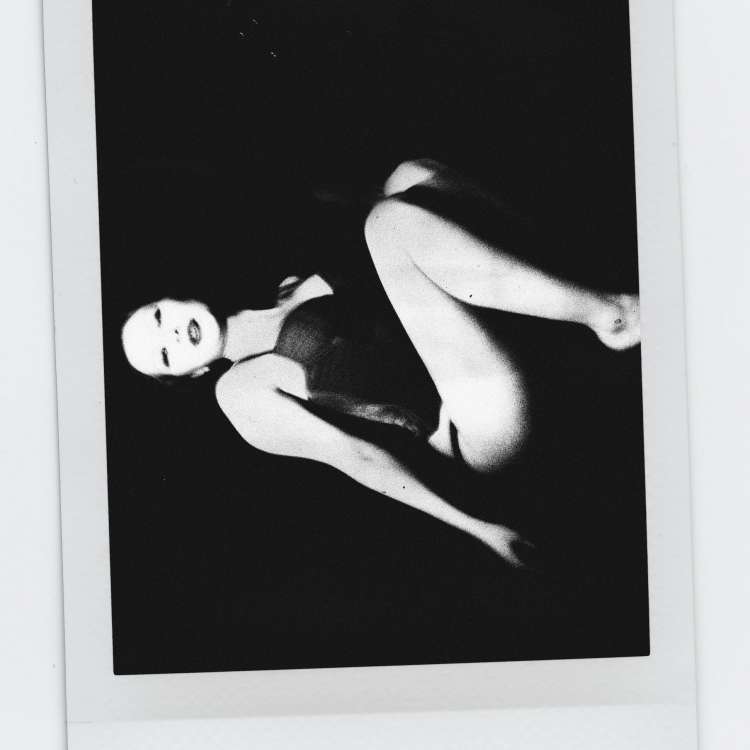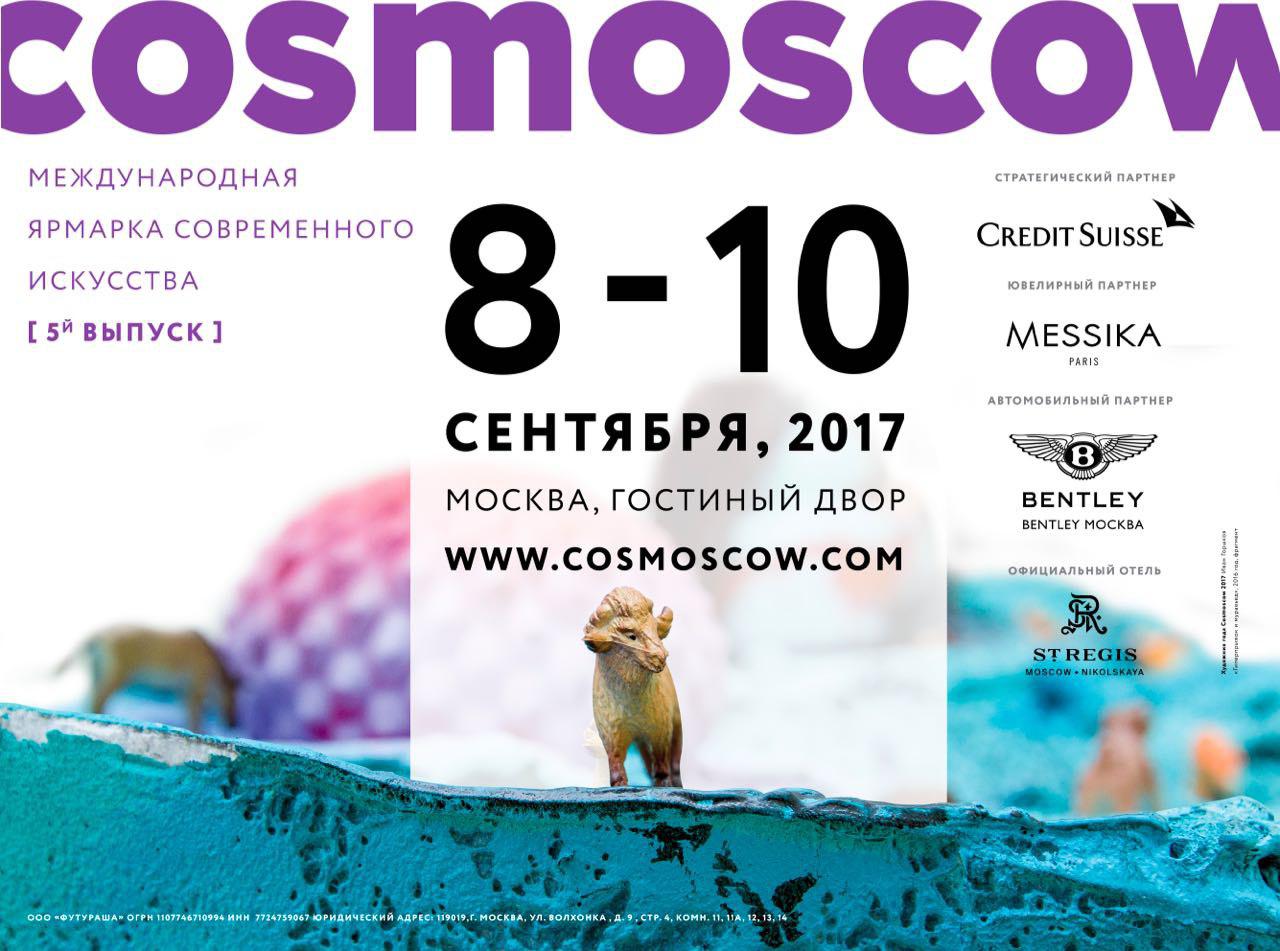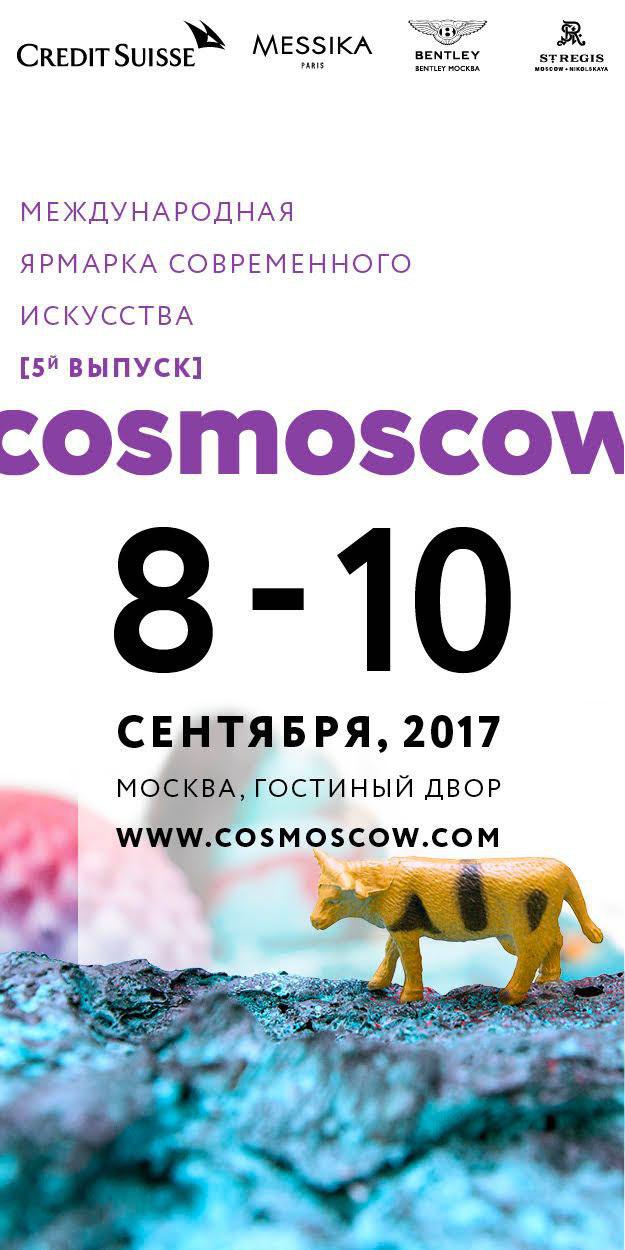Esadov is a graduate of the Rodchenko Moscow School of photography and multimedia, Moscow state psychological and pedagogical University. He takes part in group and personal exhibitions in Russia, Ukraine, South Korea, the USA.
The exhibition "Little Friend" will present a new series – more than a hundred black and white snapshots – the series Kir has been working on for many years. The author stays true to his signature style: monochrome, high contrast, blurring, erotic overtones.
With his works created with Fuji Instax, Kir draws the viewer into an unusual, dark world – a world between reality and fantasy. The feeling is that you are in a Berlin nightclub and strobe light flashes out strange poses of half-naked dancers. Powerful energy splashes out from these tiny pictures, they excite and arouse you, evoke the most frank fantasies which you would probably like to forget at once. However, there are other works in the series: huge whales, proudly and calmly floating in the quiet ocean depths, cause the opposite feelings. Esadov deliberately confronts two opposing worlds, asking questions about the "animal" in a man and the "spiritual" in an animal.
Irina Panok, Master of Psychology, clinical psychologist, about the exhibition "Little Friend”:
The symbolism of the naked body in the works of Esadov reveals the inner pain of the viewer. This pain is a craving for intimacy and inevitable loneliness. Esadov draws a delicate but clear line between sincerity and frankness, and this line is the human body.
Esadov’s photography is clearly psychoanalytic. The opposition of the natural subconscious to the human consciousness is a psychoanalytic triviality which can be found in the works of Freud and his followers. However, the author offered his interpretation of psychoanalysis in artistic form.
The framing of the photos makes the main character of the story. Rough black space comprises psychosexual subconscious motives - the motion of IT. The frame functions as the Super-ego – social norms and taboos that do not provide for getting beyond its limits. The symbolism of the human unconscious is explicitly and clearly stated. The emotional tone shows the impossibility of sublimating unconscious motives in an acceptable social form. Moreover, the surrounding passe-partout put pressure on it, driving deeper and deeper, as evidenced by the size of the photos. In a certain rhythm the oppressed human unconscious is opposed to natural behavior of the objects of nature – whales. The latter fill the whole space with natural motives, with no invented norms, taboos or sanctions of social reality. The rhythm of the presentation provokes thoughts on the civilized values and their harmful effect on human nature.
The symbolism of the name "Little Friend" is a certain flirtation of the author with the audience. Models in the photos express their eroticism and in this case the author acts as both a carefully spying and a faithful friend to whom they can open up and whom they can trust. Esadov also plays on the contrast of meanings: a person is objectively less than his own secret desires.
The models in the photos are lonely in their frankness. If desired to confide in others and be sincere, we remain alone. The pain from dispelling the myth that we can truly get closer to someone is in the photos of Esadov. It is impossible to fully understand another person. You can only be constantly coming closer, but inevitably there is a place where we will always be alone.
The whale is the largest mammal existing in nature. His home is depth – massive, bottomless, dark, unknown. And the depth is as well a symbol of the deep human sorrow from the inability to obtain pleasure from their desires.
Esadov's works are infused with the awareness of impossibility to understand the reality of our body, our passions and impulses, their expression. Works of art are the starting point for knowledge. Our bodies turn out to be a tool for exploring their depths. This is a permanent way to your own self. Therefore, when we get closer to others, we get closer to ourselves.
Our suppressed desires are the whales washed ashore. Our loneliness is our dreams of returning home, to the depths of our oceans.

